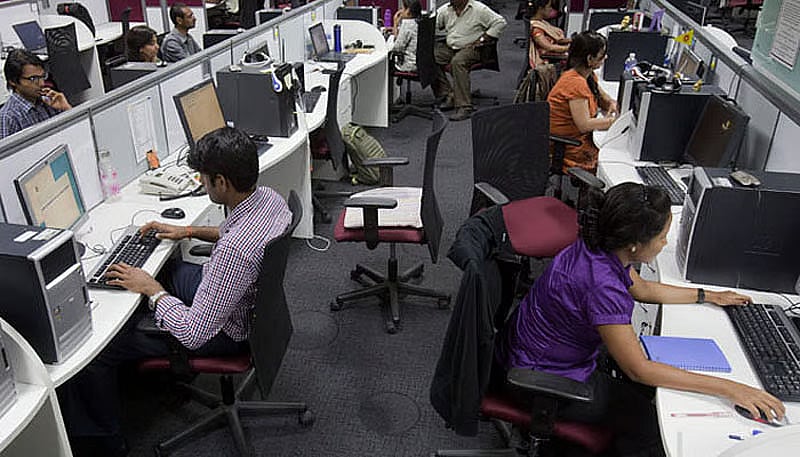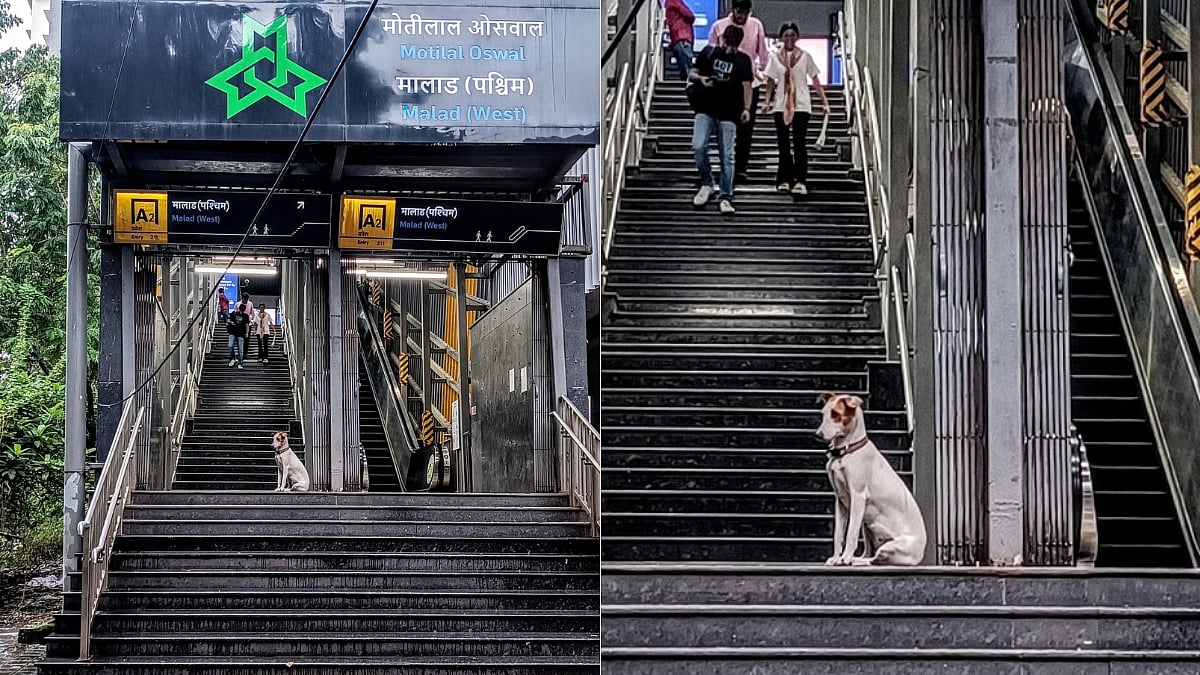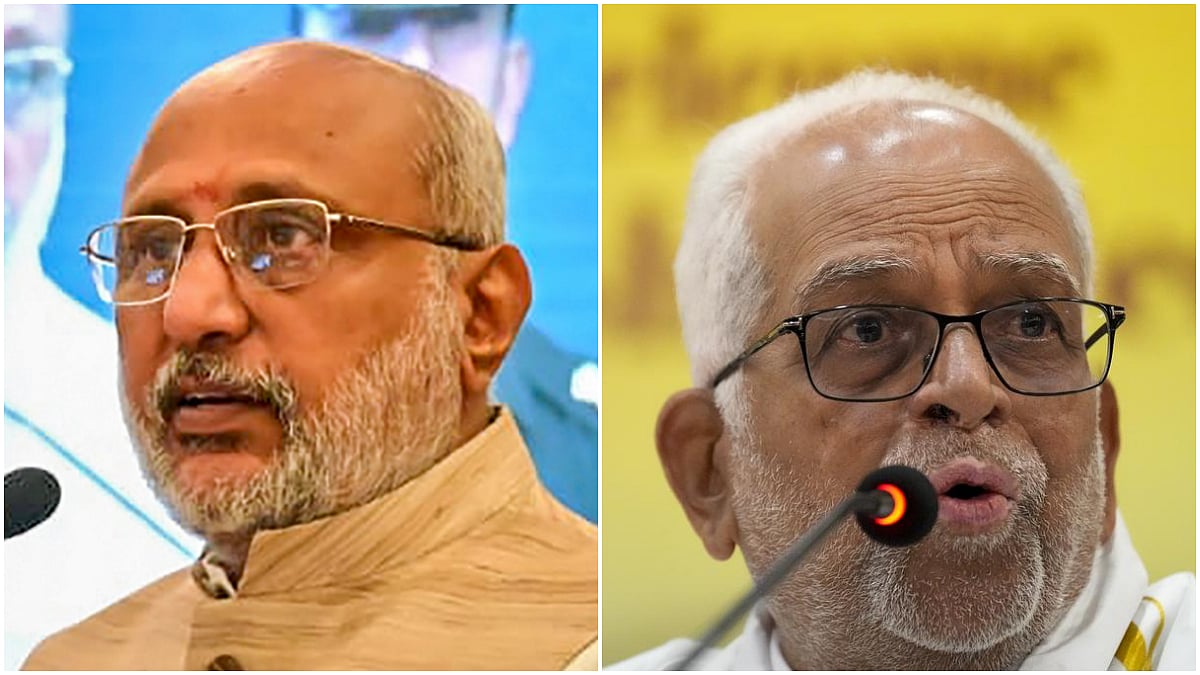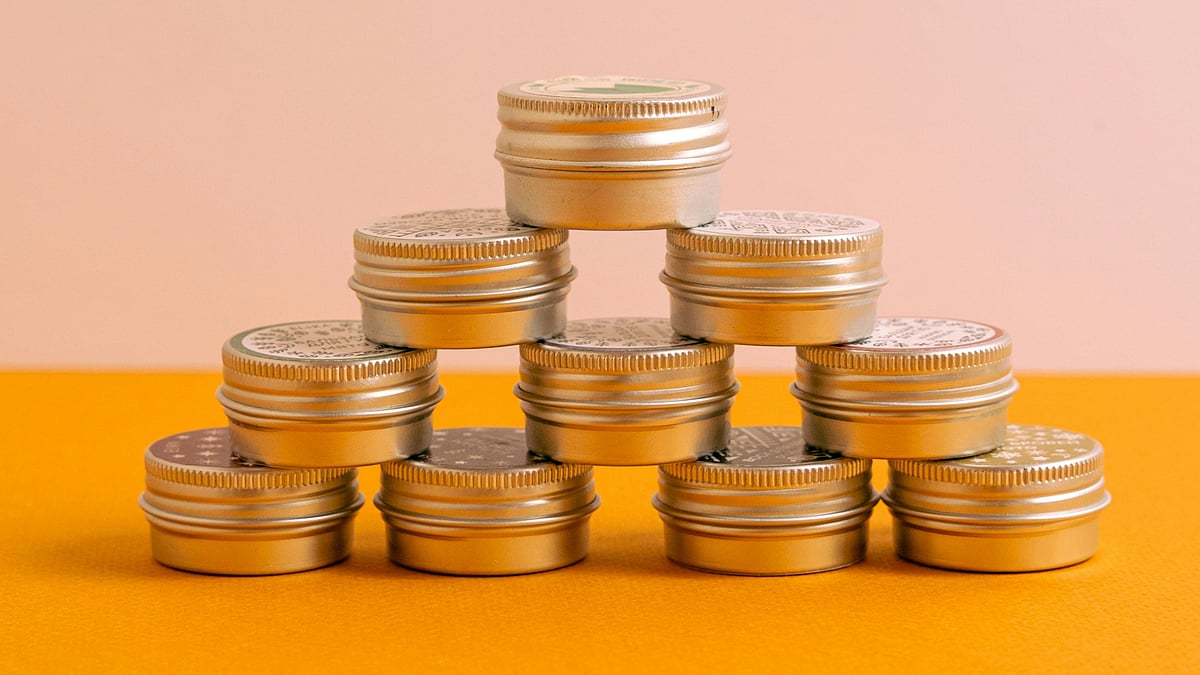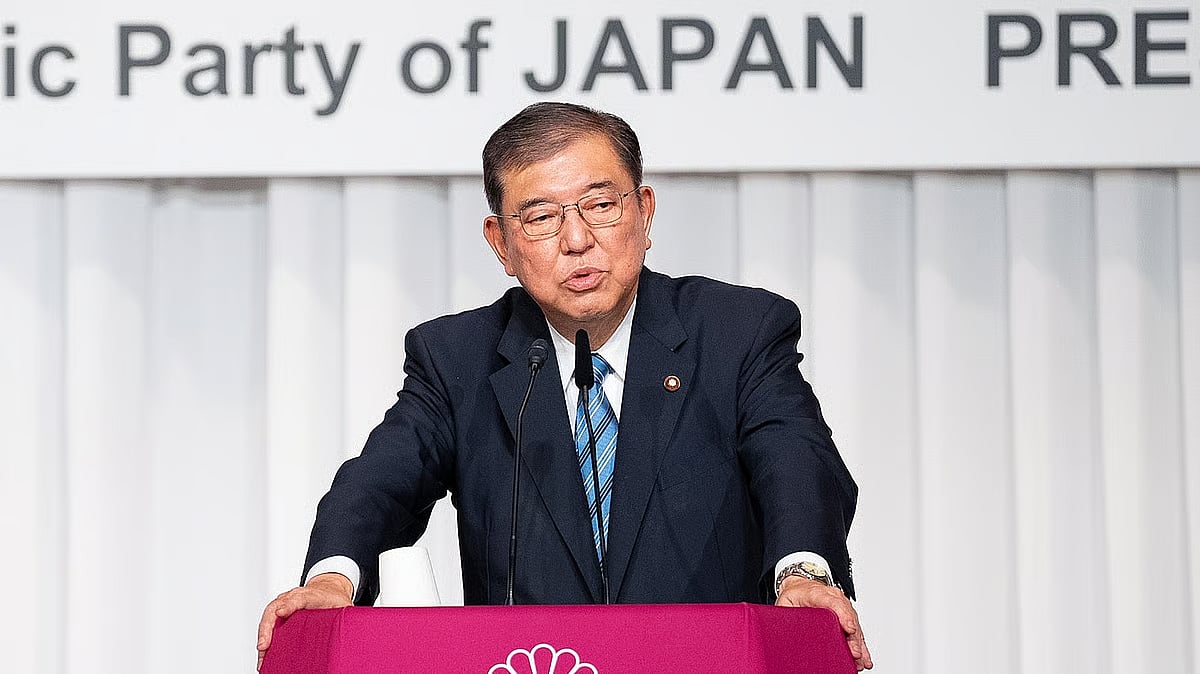It was about a week back that Kerala had the dubious distinction of having the highest number of patients in the country with 137 confirmed cases of COVID-19 infection. The numbers were accelerating. Now, the scenario appears to be changing. Kerala has slipped to the fourth place (with 286 confirmed cases and two deaths as of April 3). While Kerala’s curve has ceased to accelerate, those of many other States have sharply gone up.
The first case of COVID-19 was reported in Kerala on January 29. Today, the total number of confirmed cases is 286, out of which 256 are active patients and two deaths. Countries such as the USA, Spain, Italy, Philippines, the UK and such others, where the virus made its entry around the same time, a pandemic situation exists today. There are many limitations in the comparison of COVID-19 data, particularly with regards to testing. But what is incontrovertible is the low mortality rate in the State. The most celebrated case of recovery was that of an aged couple, 93-year-old and 88-year-old, with multiple complications after being admitted to hospital for more than a month.
Is the case of Kerala different? We may not make any rushed conclusions but some simple facts stand out and make the State different from the rest of India. The greatest strength of Kerala has been its public health system which has been responsible for remarkable health indicators such as low infant mortality, high life expectancy and a sex ratio that is not skewed against women, as it is in many other states. This inherent strength, which is built over the years and based on the philosophy that the health of each and every citizen is a key part of development and growth, has stood us in good stead in Kerala in these difficult times.
The first wave of coronavirus with the China returnees in January-end was effectively contained. But in March, things went out of hand with the arrival of infected migrants from Europe and the Gulf countries. Some of these returnees dodged health protocols and clusters of the infected emerged in a few districts. There was no choice other than quarantining those with COVID-19 symptoms at their homes or in isolation wards under close observation.
A route map of every infected person was drawn up and all their contacts were traced. They were also placed under observation and tested. Nearly two lakh persons are under observation. The paramount importance in testing anyone with active symptoms is what is missing in India’s strategy of fighting COVID19. There is absolute scarcity of testing equipment, ventilators, and relevant medical supplies. The country has to address the need for augmenting the manufacturing of medical supplies on a war-footing.
Preparing for the worst
While we are optimistic about preventing the possibility of a community-wide spread, we are also preparing for the worst-case scenario. Apart from the hospitals, PWD and local governments have identified other public institutions, hotels and private buildings that could be used for setting up one lakh additional beds. We are hiring temporary doctors and paramedical professionals and recalling a section of the retired medical staff from the public sector. Pharmaceutical factory capacity is being optimised to produce sanitisers, and ensure additional supplies of essential medicines.
Since Kerala has many of its residents working in the Gulf nations, we expect another wave of migrants from these areas once the flight connectivity is restored. We are systematically preparing for such an eventuality. Chief Minister Pinarayi Vijayan has taken the lead, collecting inputs from the different vertical and horizontal agencies and responding to the everyday challenges through a daily evening, live televised media interaction. So, there is no confusion and there is clear direction for action.
But what distinguishes the lockdown in Kerala has been the empathy and concern for the ordinary citizens with which it is being implemented. A major weakness of a national lockdown has been the failure to ensure social security and food for the migrant workers, which resulted in their flightto the safety of their villages, disrupting the entire logic of lockdown.
In Kerala, along with the lockdown, we have declared a Rs 20,000 crore package aimed at transferring money into the hands of the people. Given the hard budget constraints of the State, this package has been financed by front loading the annual borrowing of the state government. The welfare payments for 55 lakh persons including arrears at Rs 8,500 per person is being disbursed. Free ration, with additional food grains to non-priority sectors, and Rs 1,000 worth food of “kits”, with three types of pulses, cooking oil, sugar, tea powder and condiments, are being delivered to all households in the State.
Arrangements are being made to ensure that 55 lakh wage labourers who are members of Welfare Boards receive sound financial support. Consumer loans are being provided from the bank inaid of the poorhouseholds through the Kudumbasree self-help group network.
A sum of Rs 2,000 crore has been earmarked for the purpose. This is further supplemented by door delivery of cooked food from anganavadis to children and other beneficiaries. Another novel programme is the 1,100 Community Kitchens set up by the local governments for providing free food and 1,000 budget hotels servingmeals at Rs 20have beenopened. Street dwellers would be accommodated in marriage halls and food will be provided free of cost. Local governments, in partnership with the contractors, are providing food and other amenities to migrant workers at their camps.
Unfortunately,the special contributionof the Union Government in such major efforts of the State Government is virtually nil. GST compensation is in arrears,tax devolution has shrunk and no additional market borrowing has been permitted. All that has been given is pending arrears of the National Health Mission allocation amounting to around Rs 150 crores and permission to spend from SDRF for the treatment of COVID-19 patients.
The Central Government is pursuing a maverick policy of forcing State Governments to cut expenditure when governments all over the world are jacking up expenditure,ignoring neo liberal hangovers. The difference in the response in Kerala is therefore inthe inherent strength of thehealth eco system that works right downto the level of primary care, supplemented by a war effort to reach help to the pockets and mouths of people, right through all the way to direct feeding where required.
Without that effort and leadership and clarity of purpose, COVID-19 cannot be fought and defeated.
Dr. Isaac is the Finance minister of Kerala. Syndicate: The Billion Press


